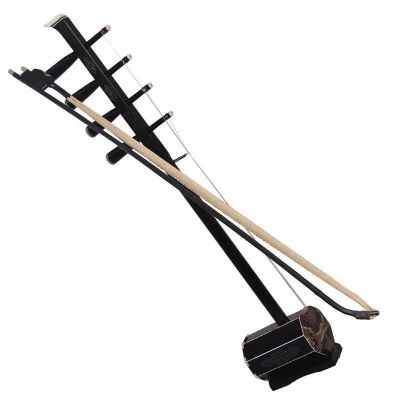Origin of Sihu
Sihu, also known as Sixian and Erjiaxian. Originated from the ancient Xiqin. Popular in Inner Mongolia, Northeast and North China provinces and regions.

"Qing Huidian" records: In May 1632 (the sixth year of Tiancong), "Emperor Taizongwen pacified Chahar, obtained his music, and listed it as Yan music, which is called "Mongolian Music". Among them, "Fanbu Ensemble" used 15 Among the musical instruments, there is the violin (Sihu). The dragon-head violin depicted in the Qing Dynasty Ritual and Music Schema is basically similar to the modern Sihu.
In the "General Examination of Qing Dynasty Literature" and "Maps of the Western Regions", the four hus are called "Pipa Hujier", and they are rolled between the four strings", which is almost the same as the modern four hus.
Huwuer changed from two strings to four strings "Hou Lehe Huwuer", which occurred in the late Ming Dynasty or earlier, and was called "violin" in the Qing "Lv Lu Zhengyi Houbian".
The four hus first appeared in the northern minority Donghu during the Warring States Period, just as the name "Huqin". It was very popular among Mongolians in the Yuan Dynasty.
In the early Qing Dynasty, the famous Mongolian historian Luo Bu Sangdan Jin recorded in his masterpiece "Golden History" that Genghis Khan died of illness on the way to conquer the Western Xia. In a song dedicated to his monarch, Genghis Khan, the famous singer Ghilukodai sang:
You are the wings of an eagle,
Returned by the wind, my wise khan;
…
The beautiful music played by your Nahur and Chaoer,
Your vast lands, your multitudes,
And the mountains and rivers, the rich grasslands,
Where are they all?
The "Hu'er and Chao'er" in the song refer to the Sihu and Matouqin.
 渝公网安备 50010702504639号
渝公网安备 50010702504639号